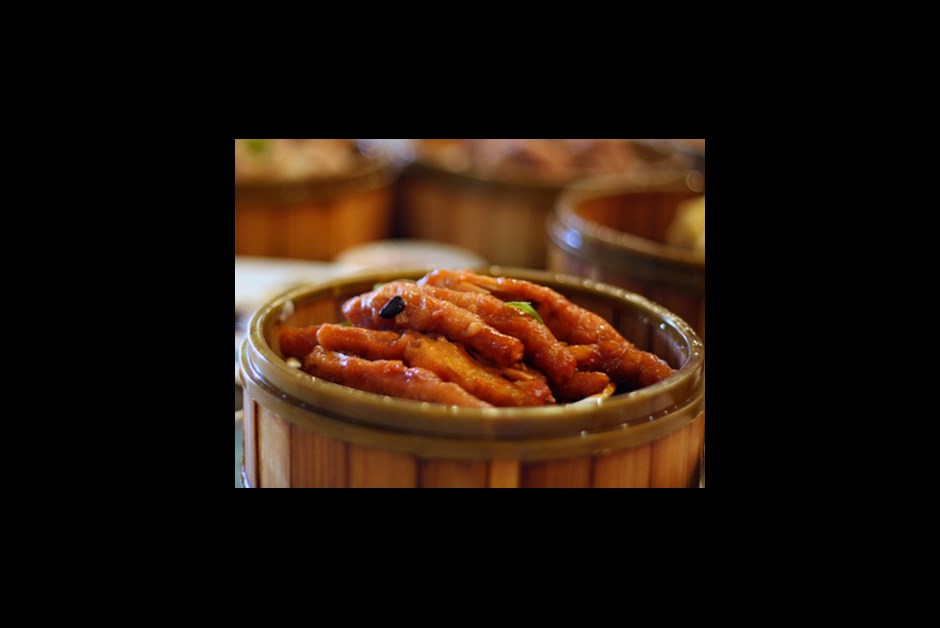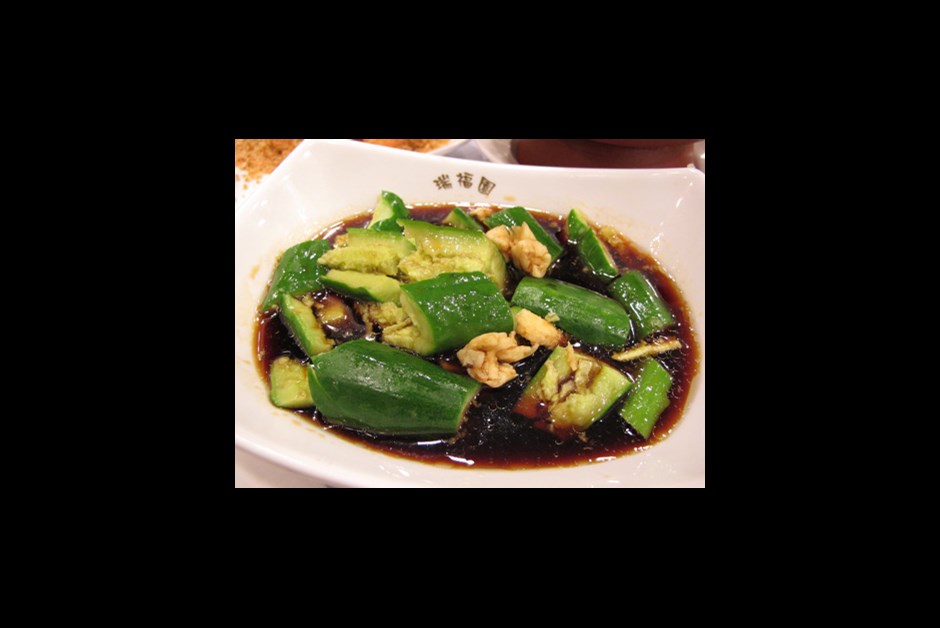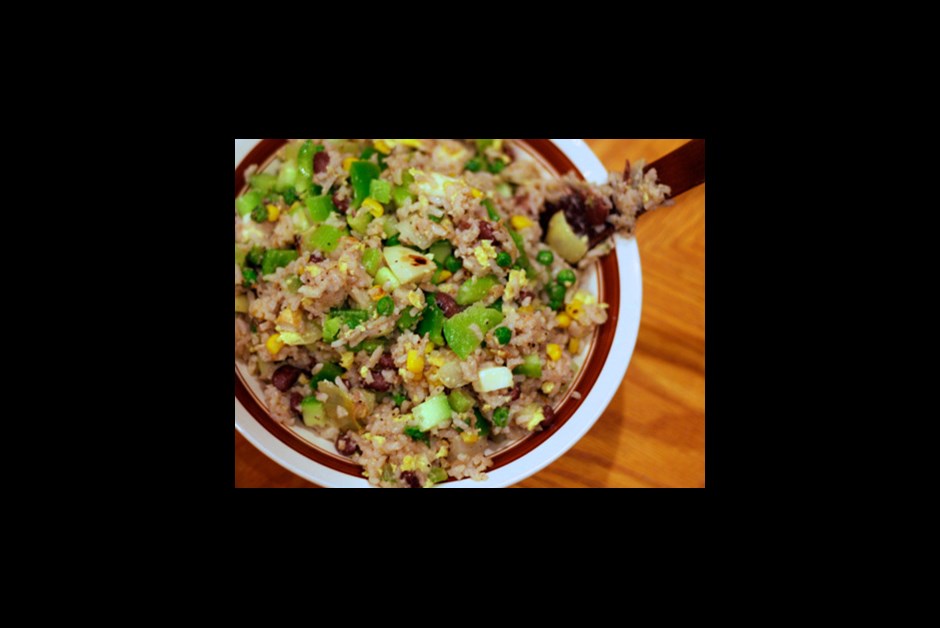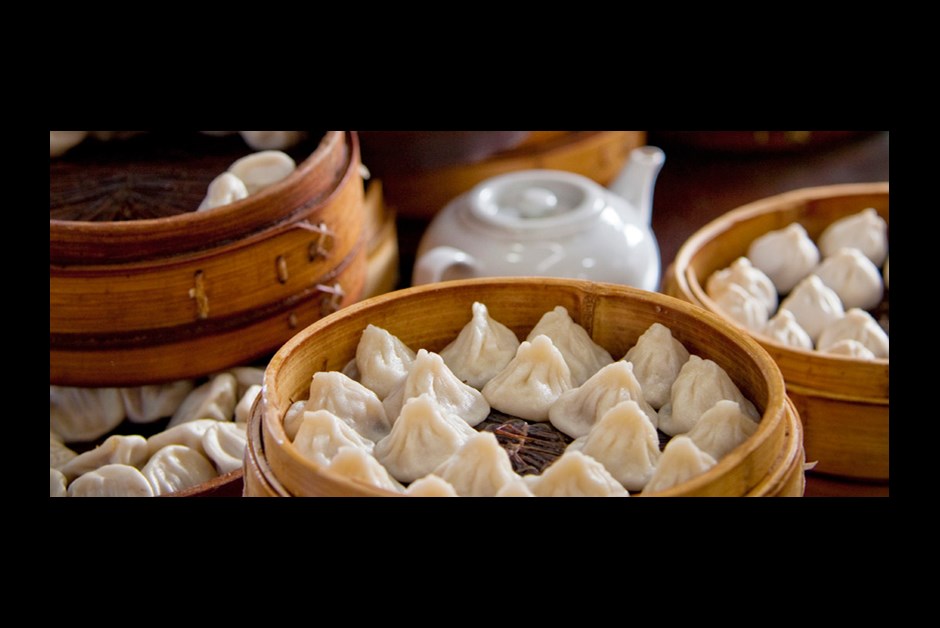Saucy Shanghai
Learn more about Fairmont Peace Hotel or make a booking.
For years, I didn't know what a chicken ball was. As a Cantonese kid growing up in Canada, this popular "Chinese food" – spherical pieces of battered-fried chicken in plum sauce – was far off from what I ate at home and at authentic Chinese restaurants.
In Chinatowns around the world, dim sum, roasted meats and sweet-and-sour sauces rule. The dominance of these Cantonese specialties around the globe is due to the flock of early emigrants from China's Guangdong province and the surrounding region. But, as I've learned since living in Shanghai, the world of Chinese food is a feast that is regionally defined. In this city, the cuisine is as diverse as its people.
"Shanghainese food is actually based on Huaiyang cuisine," says Gu Delong, Chinese Master Chef at Fairmont Peace Hotel, who has worked at the iconic Shanghai landmark for nearly 40 years. "If you look at Shanghai's population, it's a migrant city. Many people come from Jiangsu and Zhejiang provinces. Our food has the same history: It's a mixed cuisine."
Huaiyang food, which stretches back almost 2,000 years to the pre-Qin dynasty, originated in the lower reaches of the Huai and Yangtze rivers. Representing the best of the country's eastern region, the cuisine is characterized by cooking methods like stewing and braising.
Anthony Zhao, a Shanghainese chef and restaurant consultant, isn't surprised that his hometown fare hasn't won over the world's palates. It is not for the faint of heart; even Chinese from other cities complain that it is either too sweet or too oily. "Our food is very greasy and rich," Zhao says. Zhao points to one of Shanghai's signature dishes, red-braised pork (in Mandarin, hong shao rou), which is also famously known as Mao Zedong's favorite food. The chopped pieces of fatty pork belly are simmered in dark soy sauce, rice wine, star anise and ginger. "Many people may be scared of this dish and other traditional Shanghainese food, thinking it won't be healthy," Gu Delong says.
Another favorite is chicken on the bone covered in a thick soy sauce and punctuated by fermented bean curd paste (ji gu jiang). The dish is meant to be eaten slowly, where every bite is savored. In addition to thick-sauced specialties, Shanghainese love vinegary, wine-infused food. Drunken chicken (zui ji), made with boneless and tender pieces of meat soaked in shaoxing wine, bursts with flavor. Even the city's signature dumplings, pan-fried pork buns (shen jian bao) and steamed soup and pork-filled dumplings (xiao long bao), must be dipped in black vinegar and shredded ginger.
The city's cuisine is often described as "sweetness from savory flavors, oily and thick, combined with red cooking," Gu adds. Hearty and rich, it is one of the best Chinese comfort cuisines. "It's very satisfying," Zhao says. "It reminds me of home."




